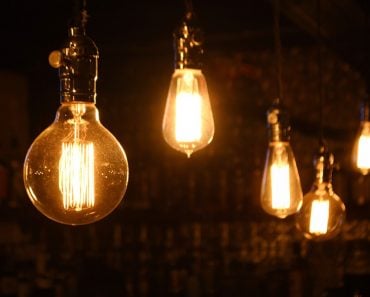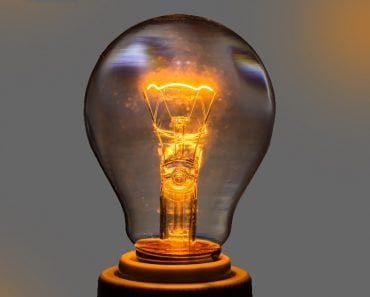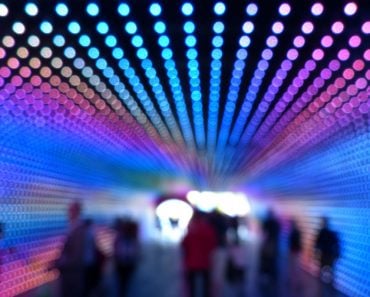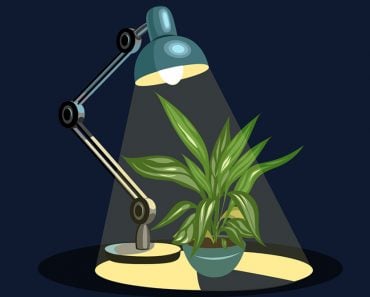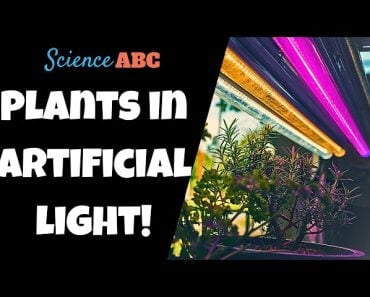Table of Contents (click to expand)
LED lights are a type of light that is more efficient and environmentally friendly than traditional light bulbs. They come in a variety of intensities and colors and have a longer lifespan than traditional bulbs. However, they contain some toxins that can be harmful if exposed to them directly.
It seems that every industry in our modern world is interested in being more efficient, more powerful, less expensive, and better for the environment, all at the same time. Electric lights have been on a similar hunt for perfection for over a century, and one of the most recent advancements has come in the form of LED lights. These types of lights are found in everything from Christmas tree lights to the headlights on new automobiles and are widely praised for their unique design and low cost.
However, many people suggest a bit of caution when using or handling LED lights, as there are some potential health risks. Besides burning your fingers on a hot bulb, what could possibly be dangerous about LED lights?
Recommended Video for you:
Why Are LED Lights So Special?
Unlike normal lights that use a filament heated by an electric current to create and emit light, LED lights (which stand for light-emitting diode) are semiconductor diodes that emits energy in the form of light when they are turned on. When enough electricity is provided, the energy is released in the form of photons, a process called electroluminescence.
LED lights have actually been around for more than 50 years, although the initial variety emitted low-intensity infrared light. Red LEDs developed into blue LEDs a decade later, followed by the white LEDs that we see in thousands of applications today. Currently, LED lights come in a variety of intensities across the visible and invisible spectrum of light and are characterized by intense brightness using a limited amount of electricity.

Most traditional bulbs have a working time of around 5,000 hours, and even halogen bulbs tend to “pop” around 6,000 hours, but LED lights are 8x more efficient in their transfer of electrical energy to light, and have an average lifespan of around 80,000 hours. The main reason LEDs rose to such prominence is because they need to be changed far less, are a much lower fire risk, protect the environment by considering electrical energy. In recent years, they have also become comparable in price to other modern options, such as CFLs (compact fluorescent lights).
However, beneath this impressive exterior, there are some dangers to LED lights that are only recently being discovered and studied in great detail…
The Secret Risks Of LED Lights
One of the main concerns with LED lights relates to red LED lights, one of the oldest varieties still on the market. Those red LEDs were made with a substance called AGA (aluminum gallium arsenide), which is toxic in concentrated amounts. If you are directly exposed to this material on work sights or through contact with broken bulbs, it can be hazardous to your health. Side effects of toxicity from AGA include respiratory, kidney, and reproductive issues in laboratory studies. The lead content in red LEDs is also toxic when directly exposed, and should be avoided.
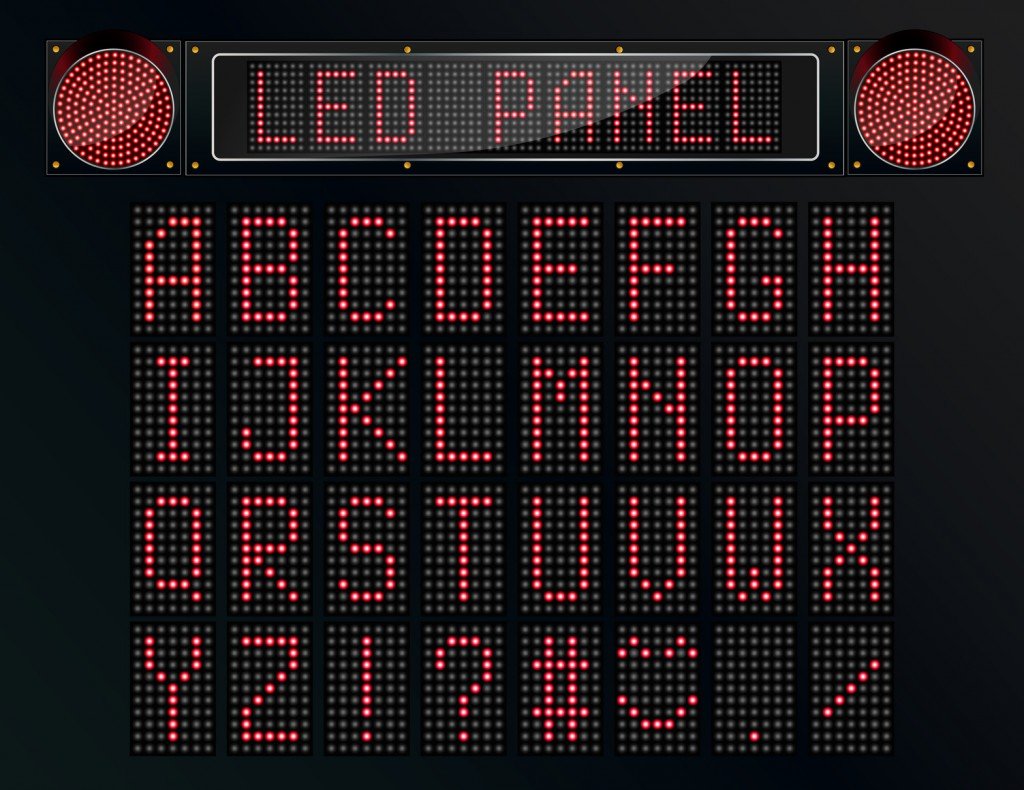
Red LEDs aren’t the only ones with issues: white LEDs contain high concentrations of nickel, which is an allergen for some people, as well as copper, which can be very detrimental to the environment if LED lights aren’t disposed of and handled properly. The use of heavy metals like these could potentially be avoided, and other compounds and substances could replace them, but that would also drive up the price, and as we know, the bottom line is often the biggest concern for manufacturers.
The good news is that direct exposure to these types of substances would require being present when the bulbs were broken, or directly inhaling the heavy-metal fumes from the breakage.
Construction sites and waste disposal areas are likely the most dangerous place for chronic or acute exposure, but even a broken bulb in a home or workplace could have serious side effects for people in the vicinity. Using protective material (mask and gloves) when cleaning up any broken LED light is highly recommended. While these are real risks, you can also avoid most of the danger by staying away from broken bulbs and being smart about cleaning up any potential accidents.
Don’t Go Towards The Light…
On a slightly more worrisome note, there are those who think that LED lights do significant damage to our vision over time, namely because of the impact that the lights can have on our retina. While the accumulation of cellular debris is a risk if you are exposed to intense LED light, you should use common sense in your behavior around powerful light sources. For example, setting up this kind of experiment might not be the best idea.
For example, every LED light product should contain certain built-in safeguards to protect users from undue exposure, but staring for two minutes into a blazing LED light-box is also not a good choice. Essentially, the larger and brighter an LED light source is, the more dangerous it could be if you stare directly into it. The light from LEDs is not emitted in 360 degrees like other bulbs; the concentration of direction makes these lights more powerful, and therefore potentially more dangerous.
Different LED colors are actually more damaging than others; blue LED lights tend to be more detrimental to the retina and vision, particularly in older individuals who are already prone to macular tissue breakdown, cataracts, and oxidization of those tissues. Particular care should be taken when exposed to blue LED lights.
The real danger is that we are being exposed more and more to LED lights in our daily lives, namely when we stare at smartphone screens, computers, tablets, televisions, and advertisements. Human beings should use light to see, not look directly at light sources, but that is what LED technology has allowed and encouraged us to do.
Despite all of those slightly worrying aspects of LED lights, it is hard to forget that older lighting technologies were even more dangerous, with light bulbs exploding, fluorescent lights causing epileptic shocks, ultraviolet radiation exposure, and toxic fumes when bulbs were broken. LED lights do have their dangers, but with their high-efficiency, environmentally conscious design, and ever-decreasing price, it seems that LEDs are here to stay.
Just use some common sense regarding exposure, clean-up, and handling and you should be perfectly fine!


